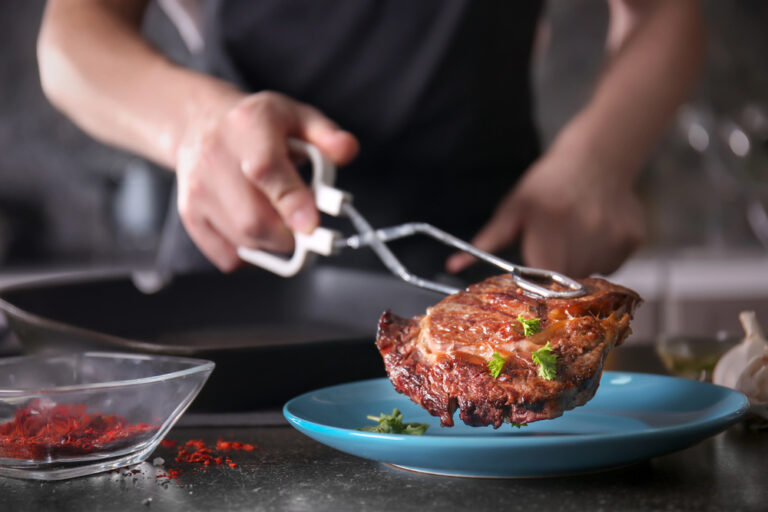question:
Russ buys five sirloins a week. True/False: If the price of sirloin increases by $5 per piece and Russ’s preferences and income remain the same, he will have $25 less money available for other things per week.
Solved:
One of the first things I emphasize in my Microprinciples course is that the behavioral patterns observed in the real world are shaped by prices. When prices change, behavior changes as well.
This idea comes directly from consumer theory. In the standard model, people maximize utility by consuming each good until the marginal value of one more unit equals the market price. As the price of a good increases, as in the example we are considering, its optimal marginal value should also increase. In this case, the new optimal marginal value must be $5 higher to match the new price of sirloin.
As Mr. Russ consumes more of the sirloin, the marginal value decreases, so only by consuming less can Mr. Russ restore equality of marginal value and price, or optimal conditions. Without more information about his income and preferences, we can’t say exactly how much less he will buy, but we do know that he will buy less sirloin than before.
Therefore, the statement in the first question is incorrect. Because Russ intends to consume less sirloin if the price of sirloin increases, he won’t necessarily have $25 less to spend on other things.
Mathematics again
This result can also be seen by examining the Russ budget constraint. Suppose that Russ uses income M to purchase sirloin S and a compound product Y, which he calls “all other products.” Therefore, his budget constraint is:
M=PSS+PYY
Here, PS and PY represent the price of sirloin and the price of all other products, respectively.
This question indicates that the price of sirloin will increase by $5, so his new budget constraint is:
M=(PS+5)S+PYY
Russ’s income M and the price of other goods PY remain constant, so the maximum amount of All Other Goods he could purchase if he did not purchase the sirloin remains M/PY. In that sense, the maximum amount of all other goods that he can consume remains unchanged.
But the slope of his budget line has changed. Because sirloin has become relatively expensive, the budget line rotates inward around that intercept. This change in relative prices led Russ to reduce the number of viable combinations of sirloin and other products, prompting him to move to a new optimal combination of less sirloin and more other products.
In this sense, Mr. Russ’s real income has decreased, even though his nominal income has remained the same. But because you’re reoptimizing by reallocating your spending between sirloin and other products when prices change, you don’t end up spending $25 less on other products each week.


